What Is Animal Physical Therapy?
According to the American Society for the Prevention of Cruelty to Animals, in the first year of your life together, the cost of owning your new pet dog will exceed $1,000. When your pet gets injured, it will need help from humans to get better from its injury. Just like a human who's hurt, a dog or cat will likely need physical therapy to restore its original range of motion and help with the quality of life. However, your pet can't tell its doctors what is wrong. Animal patients need a skilled physician and a solid treatment plan to recover, and their owners need the tools and the information to help execute that plan.
As a result, animals, like humans, sometimes need physical therapy. Physical therapy is the science of using medical principles to improve movement, manage pain, and reduce the symptoms of an injury or post-surgical difficulties. An animal physical therapist performs the same role in this process as a human physical therapist does. The therapist builds a treatment plan based on a doctor's observations of the animal in question, aiming to improve the animal's range of motion and allow it to live in a state of optimal functionality. Most animal physical therapists start as registered physical therapists working with humans and later obtain a veterinary technician certification to work with animals. In this way, they bring their practice to a whole new class of patients, ones who have far more difficulty advocating for themselves.
Post-Surgery Therapy
An orthopedic injury can result in affected limbs and impaired mobility for pets and humans alike. Pets will often need
animal physical therapy after they've completed surgery. The surgical protective cone will keep the animal from chewing at stitches and other wound-healing devices but at the cost of some flexibility. Immediately after the surgery, your pet will be in a difficult position, because it will want to run and play as it previously did but will have to be restrained to keep it from aggravating the surgical area. Pets that aren't used to only small amounts of activity will find themselves impatient and constrained when kept in careful confinement for the first two to four weeks after surgery. After the initial postoperative phase is finished, the pet can begin moving around again and increasing its range of motion and duration of activity. The animal physical therapist will become involved at this point, taking the pet for walks of increasing duration.
Massage Therapy
Performing massage therapy leads to the same effects for an animal as it does for a human being. Animal physical therapy providers do much of the same work as their human counterparts. Using point and broad pressure techniques, they counteract the stiffening effect of inflammation on muscles and joints. These therapeutic massage actions allow the animal's body to move more freely and counteract the effects of age and injury.
Elder Animal Therapy
A small dog or a cat is considered a senior animal when it reaches the age of 12 to 13. Medium-sized dogs will be there when they exceed age 8, and the extra strain that a large dog's body puts on its heart means it reaches senior citizenship at only age 7. Regardless of seniority, these animals need human care once they reach old age. A physical therapist can help your elderly dog or cat live a longer and healthier life by using stretching and targeted exercises to help improve movement in joints stiffened by age.
It's important to remember that most of the time, not only will a pet not be able to communicate its injuries, but it will try to hide injuries if possible. Because of this, watching your pet's habits and their changes over time is essential. If a cat previously regularly leaped high on a wall to exercise herself but now performs lower jumps without significant weight change, then it may be dealing with some joint stiffness. An animal physical therapist can help with exercise and massage to restore flexibility and range of motion.
The animal physical therapist works much the same way on animals as on humans. The changes to the practice have mostly to do with the increased importance of a doctor's accurate diagnosis and treatment of the pet's problem, as the pet can't communicate effectively. Call West Toledo Animal Hospital to get started with our services.
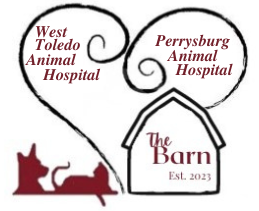
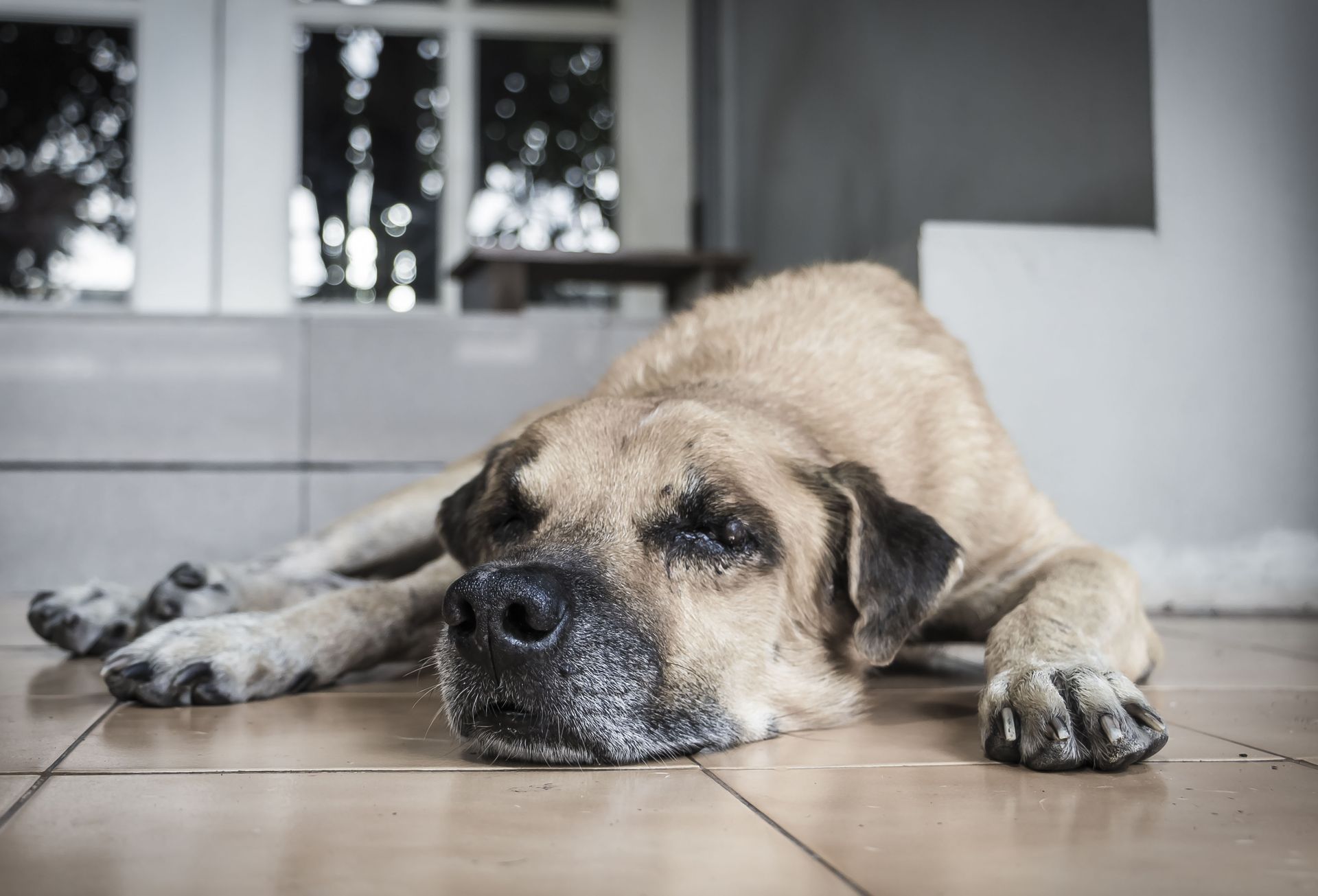

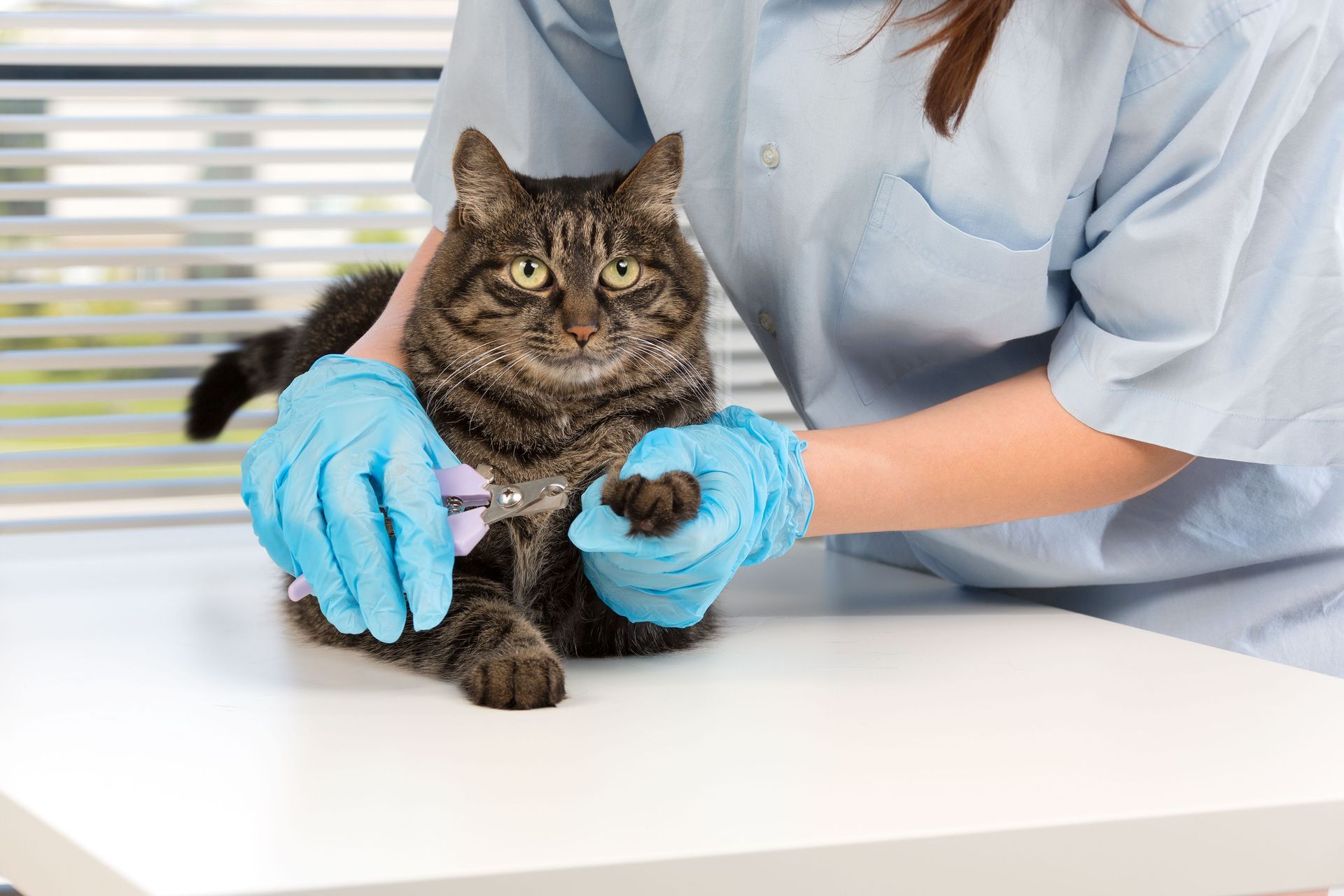
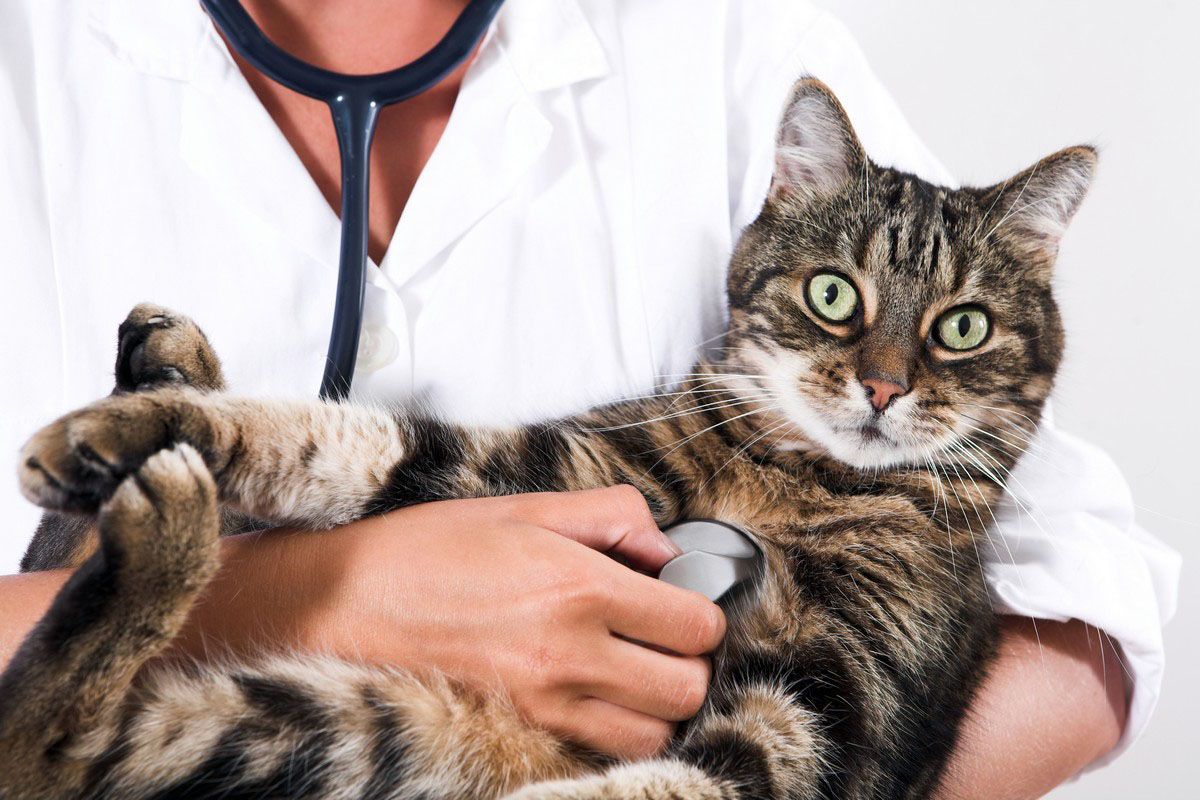
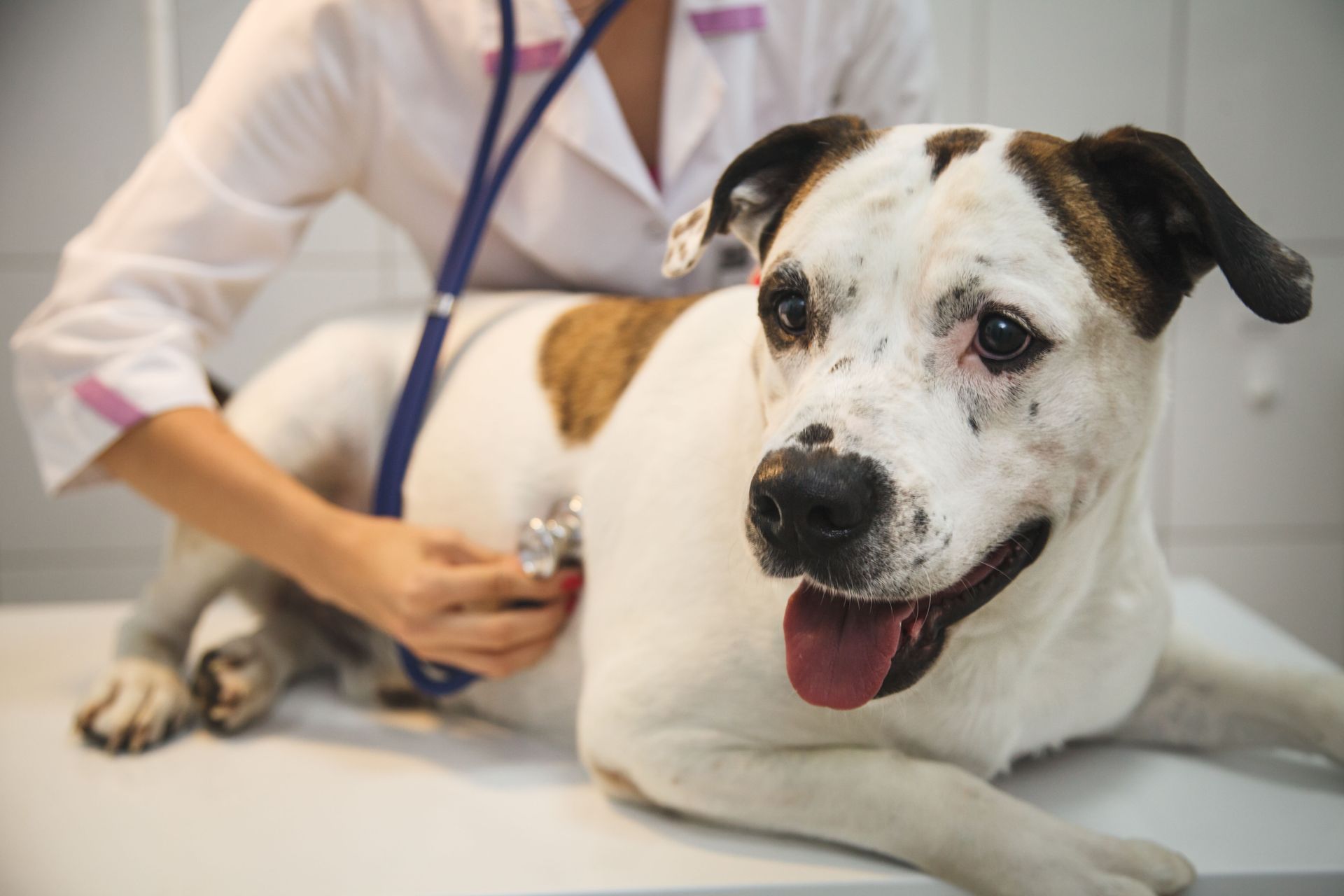
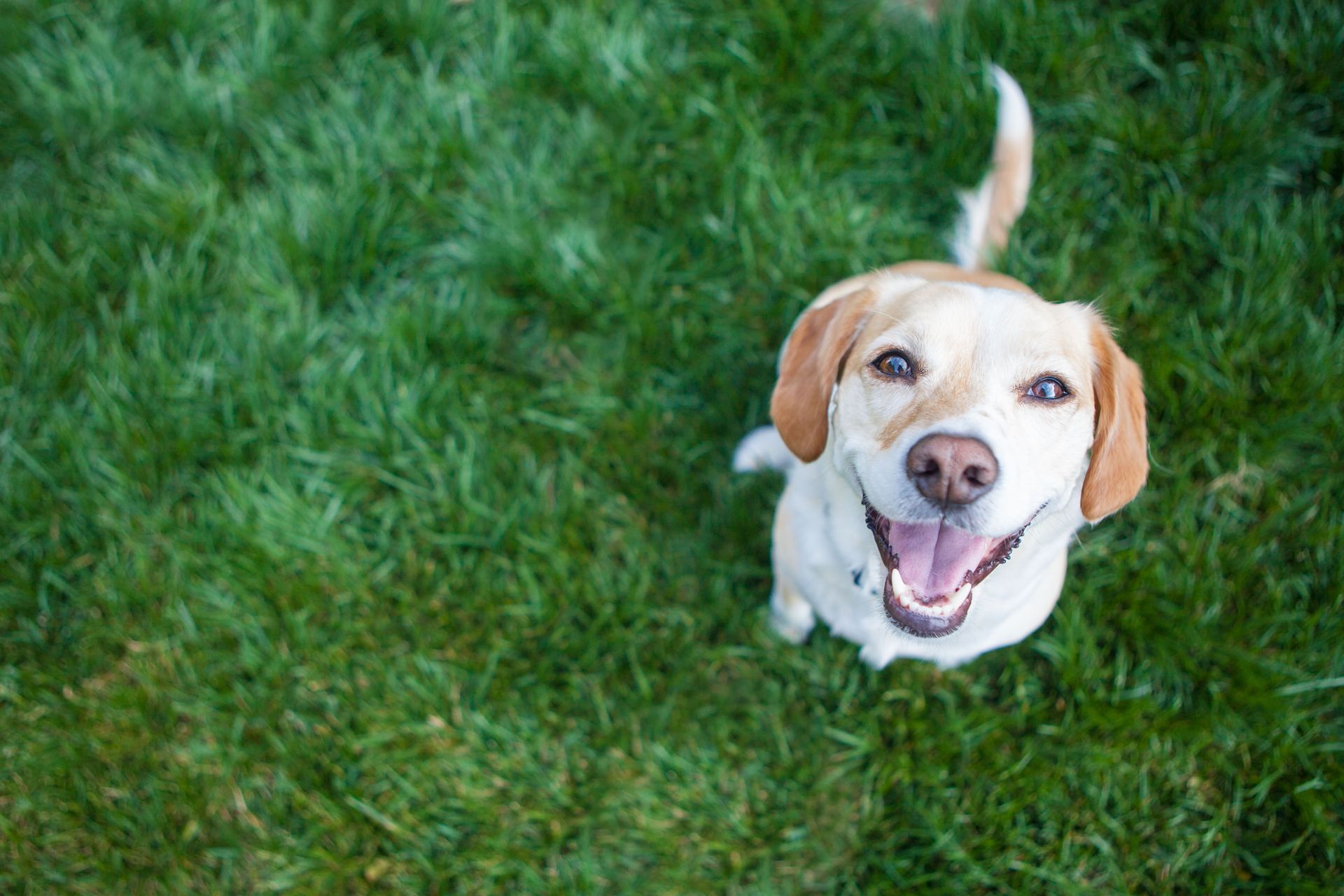
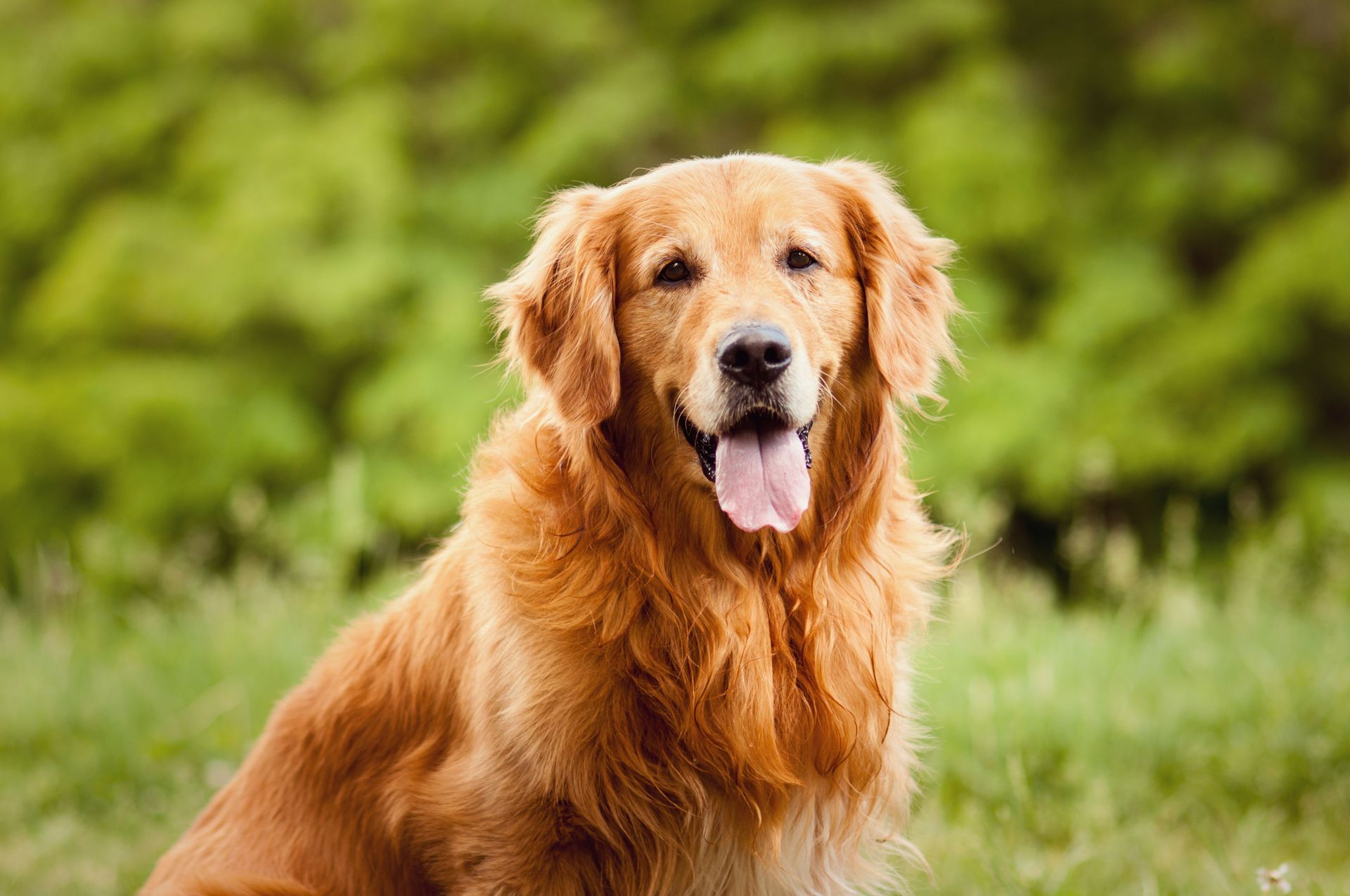
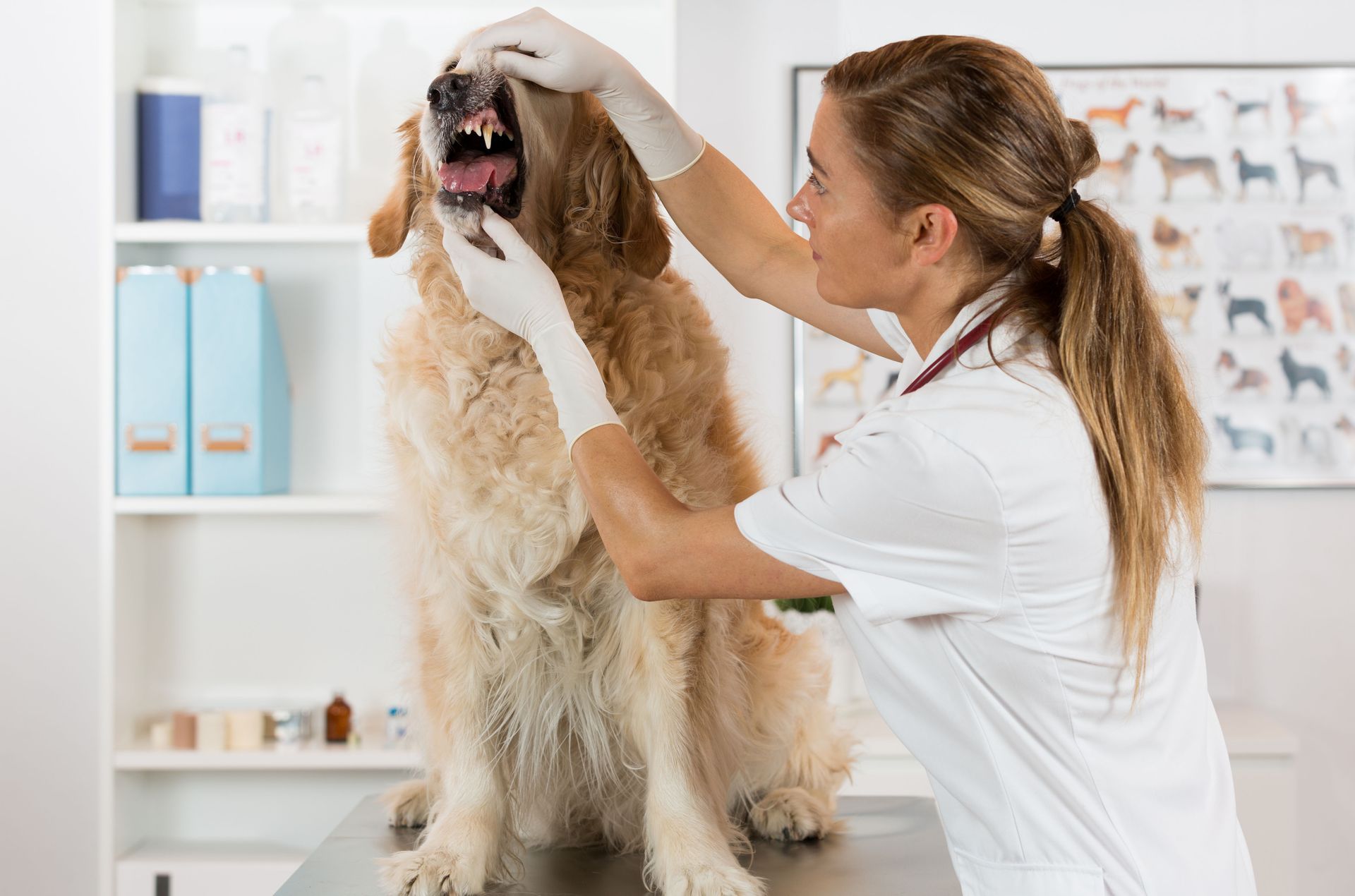



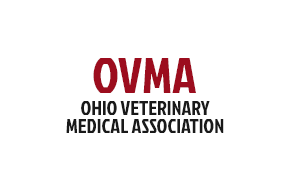

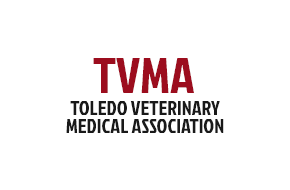

Share On: